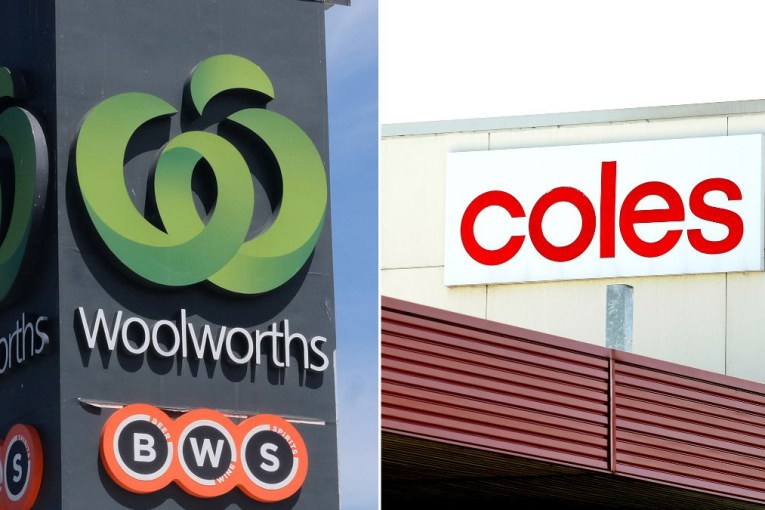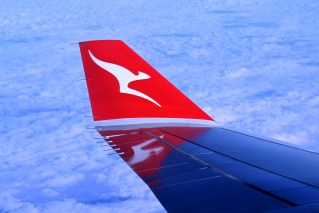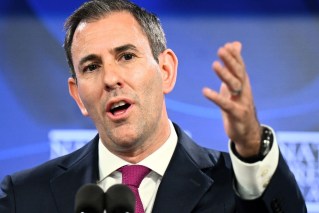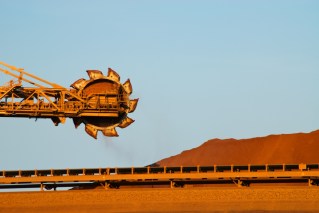Second wave of infections could cost Australia $100 billion: Deloitte


New research suggests a second wave of infections would slash national income by $100 billion. Photo: Getty
A second wave of infections would cost Australia $100 billion in lost national income, according to new research that also warns against withdrawing government support too early.
As Victoria battles to contain a worrying surge of infections, economic forecasts released by Deloitte Access Economics on Monday revealed just how much the economy would suffer if governments fail to contain the recent outbreak in Victoria.
Deloitte Access Economics partner Chris Richardson believes the Victorian outbreak is unlikely to develop into a full-blown second wave, but said the stakes are high.
Should it occur, consumers would lose confidence in the government’s ability to keep them safe – staying at home and cutting back on spending.
Businesses would then be less likely to invest and hire more workers.
“If everybody’s a bit more cautious, then that hurts the economy,” Mr Richardson said of the potential $100 billion hit over two years.
Which comes back to that central point: Confidence. You give people confidence around their health, then their actions will give confidence back to the economy.”
Notwithstanding the dire predictions related to a potential second wave, Deloitte’s research offers some cause for optimism.
Thanks to the government’s successful handling of the health crisis, Mr Richardson and his team predicts the coronavirus will cause less economic damage than first feared – so long as the recent outbreak is contained.

Residents watch from their window as police enforce a lockdown at public housing towers in Melbourne. Photo: AAP
Deloitte predicts GDP will fall by 3 per cent this calendar year – much less than the 5 per cent forecast by the OECD in June.
“It’s still a shocker, it’s just less of a shocker,” Mr Richardson told The New Daily.
Despite the smaller-than-expected hit to the economy, the consultancy group still expects unemployment to remain above pre-pandemic levels until 2023-24 – and expects more than a million people to be counted as officially unemployed until at least 2022-23.
Echoing calls from well-known economists and the governor of the Reserve Bank, Mr Richardson said government must provide ongoing support and avoid an abrupt end to stimulus measures in September.
This is partly because the coronavirus will deliver such a massive economic shock, and partly because the Reserve Bank can no longer stimulate the economy through further cuts to interest rates.
The changing nature of the recession, however, means it remains to be seen whether government should extend JobKeeper beyond September, or explore “cheaper but more complex” forms of stimulus, Mr Richardson said.
You have a recession that’s changing so rapidly that even if you have policies that are perfect on Monday, the same policies may be rather less perfect on Friday,” he said.
“New holes will open up and new people will fall through those holes.”
Mr Richardson said the longer wage subsidies are kept in place, the less effective they become, as businesses that have little chance of long-term survival are nonetheless kept alive.
Known as ‘zombie firms’, these companies prevent labour and capital flowing to more productive parts of the economy.
“It doesn’t say, ‘stop all spending’, but it does very much say, ‘spend differently’ – you might want to add social housing, you might want to do more around infrastructure,” Mr Richardson said.
“One clear thing you shouldn’t do is have lots of stuff end at once.”
Mr Richardson added that government must not return the JobSeeker rate to pre-crisis levels – arguing that permanently raising the unemployment benefit would stimulate the economy and provide households with much-needed confidence at a time of heightened uncertainty.
His report comes as new data from AMP Capital shows fears of a second wave have already hurt Australia’s economic recovery.
In April, the global investment manager put together a new economic tracker using high frequency data such as credit card transactions, weekly job ads, retail food traffic, and restaurant bookings.
Last week, it fell backwards after staging a months-long recovery.
AMP Capital chief economist Shane Oliver said a rapid return to economic normality – known as a V-shaped recovery – was unlikely.
He told clients in an emailed note: “The recovery going forward will likely be slower than the “Deep V” rebound seen so far in some data, as second wave fears will add to consumer caution, the easy gains from reopening may have mostly been seen, and even if there is a vaccine soon, the coronavirus shock has accelerated the shift to a digital world and cost cutting associated with automation will drive a long tail of unemployment, which will constrain growth.”








